PANE PASTA - Jongno Branch (빠네파스타 종로)
5.9Km 148 2021-03-19
11, Jahamun-ro, 7-gil, Jongno-gu, Seoul
+82-2-777-6556
A specialty restaurant serving pizza and pasta dishes baked in an authentic Italian wood-fired oven. The representative menu is margherita pizza. This Western cuisine is located near Gyeongbokgung (Government Complex-Seoul) Station, Seoul.
Tosokchon Samgyetang (토속촌삼계탕)
5.9Km 283332 2021-03-24
5, Jahamun-ro 5-gil, Jongno-gu, Seoul
+82-2-737-7444
Located near Gyeongbokgung Station, the restaurant was also frequented by late President Roh Moo-hyun. It produces their ingredients like Tojongdak (Korean chicken), 4-years ginseng, chest nut, jujube, garlics, ginger, adlay, perilla seeds, pumpkin seeds, sunflower seed, nuts, pine nut, black sesame, and etc.
Even though one has to wait to enter during lunch time, do not worry about long wait as the restaurant is spacious. Besides Samgyetang (ginseng chicken soup), it serves Ogol-samgyetang, otdak, pajeon (green onion pancake), Rotisserie chicken, and other menus.
Festival de Arte Callejero de Seúl (서울거리예술축제)
5.9Km 3599 2024-08-29
Taepyeong-ro 1-ga 54-2, Jung-gu, Seúl.
02-758-2036
El Festival de Arte Callejero de Seúl se realiza en las principales plazas y espacios culturales que conectan las grandes calles y avenidas de Seúl. Diferentes manifestaciones artísticas callejeras encuentran un lugar de expresión en este festival. Desde el año 2003 se celebraba bajo el nombre de Festival Hi Seoul, pero en 2016 cambió por su actual denominación.
Hojil (호질)
5.9Km 165 2021-03-20
15, Jahamun-ro, 9-gil, Jongno-gu, Seoul
+82-2-764-6822
A good restaurant to visit before and after the tour, being located near Gyeongbokgung Palace, one of the tourist attractions. This restaurant's signature menu is spicy sea snail salad. This Korean dishes restaurant is located in Jongno-gu, Seoul.
Chosochaekbang Deosup del Monte Inwangsan (인왕산 더숲 초소책방)
5.9Km 0 2023-08-17
Inwangsan-ro 172, Jongno-gu, Seúl
Gaetmaeul (갯마을)
5.9Km 10272 2016-09-23
248, Ichon-ro, Yongsan-gu, Seoul
+82-2-798-5655, +82-2-798-1655
Gaetmaeul restaurant, located in Ichon-dong in the Yongsan area of Seoul, is widely known for its specialty dish, Son-manduguk (handmade dumpling soup). Not only does it serve exceptionally delicious food, but the service is friendly, and the facilities are clean. As well as the excellent mandu dishes, such as manduguk (dumpling soup) and tteok-manduguk (dumpling soup with rice cake slices), the menu also includes bindatteok (Korean mung-bean pancake) and suyuk (boiled slices of beaf). The kimchi used to fill the dumplings and offered as a side dish is also particularly good.
Seochon Guest House [Korea Quality] / 서촌 게스트하우스 [한국관광 품질인증]
5.9Km 5504 2023-04-07
28-3, Jahamun-ro 7-gil, Jongno-gu, Seoul
+82-010-3345-9680
Seochon Guest House is located in Seochon, which is becoming a hot place for tourists in Seoul, and precisely on the road to Suseong Valley, whichis filled with interesting stores and is also well-known for Park Nosoo Art Gallery and the House of Yun Dong-ju (poet). Seochon Guest House is nicknamed ‘Jaeminangol (interesting village)’ after Baekseok’s poem ‘Yeowunangol’, with the aim of providing a visit full of interesting experiences. Passing through a garden and entering the main building, the unique charm of this hanok building, the staircase to get to the first floor from daecheong (main floored room), catches the eye of the visitors. In addition, the building is decorated with various stylish objects including paintings and Korean musical instruments. The terrace situated on the first floor offers an open view of the surrounding area including roof tiles of hanok structures and alleyways in Seochon. It is said that Korean novelist Yoon Hu-myeong also appreciated the structure of the guesthouse, saying, “It is an interesting place.” Built in the 1930s, the house, which has many storage places, was taken by the owner couple in spring 2014 as they were attracted by the house during their trip to Seochon. After the repair work, the ground floor of the house was opened for guests from January 2016, hoping that guests could share their daily experiences and stories with each other. The guestrooms and the main floored room on the ground floor are open to guests, with the exception of the first floor, which is used by the owner couple. The living room is equipped with books, a curved TV, and a table. The tasty meal, which is served in the kitchen, consists of rice and soup with six side dishes and is much loved by guests. The guesthouse offers a total of four rooms – Jae Room, which is the most Korean-style room; Mi Room, which has a combined style of a Korean-style room and Western-style room; Nan Room, which is an ideal room for meditation with a beautiful paper window; and Ahn Room, which is equipped with a veranda and a pretty flowerbed. Every room has its separate charm with various comfortable bedding to provide a quiet and cozy bedroom for guests in the middle of the city. Furthermore, the guesthouse holds a pansori (epic chant) performance twice a year. The owner started learning how to sing pansori to promote the Korean culture and tradition to foreigners. When a pansori performance is held, the owner offers traditional Korean snacks and drinks including sikhye (sweet rice punch), sujeonggwa (cinnamon punch), traditional sweets and cookies, and tteok (rice cakes) to visitors, tourists, and performers. Moreover, it provides cultural programs such as a Gukak (Korean classical music) experience, Korean traditional clothes experience, and making Korean food experience, as well as other activities with guests, such as trip to the city wall between Inwangsan Mountain and Bugaksan Mountain, and the Royal Palace Tour to Gyeongbokgung Palace, etc., as well as a trip to a traditional market.
Hanok Guesthouse Dongchonchae [Korea Quality] / 한옥 게스트하우스 동촌재 [한국관광 품질인증/Korea Quality]
5.9Km 2 2021-03-26
21-10, Jahamun-ro 11-gil, Jongno-gu, Seoul
Built in 1939, Dongchonchae was designated as Seoul Well Hanok by the Seoul Metropolitan City in 2016. In 2020, this hanok (traditional Korean house) received the Certificate of KOREA QUALITY from the Korea Tourism Organization in the Heritage Hanok field in recognition of its historicity and quality of services. Dongchonjae is located in the western side of Gyeongbokgung Palace, at Seochon. When one passes through its main gate, one sees the yard, with anchae (women's quarters), sarangchae (men's quarters), and byeolchae (detached quarters) surrounding the plot. Anchae has four rooms, daecheong (wood-floored main hall), a kitchen, and a restroom. One of the rooms is used for tea ceremonies as well. Outside of the sarangchae and byeolchae, which are the living spaces for the owners, visitors have free access to the numaru (raised open floor) and the yard. The anchae’s rooms “Bom” and “Yeoreum” can accommodate 2 to 3 adults each, while the rooms “Gaeul” (Tea Room) and “Gyeoul” are optimal for two. The building is rented out as a whole, so no more than one group may stay in the building at any given time. Standard occupancy is four persons, and eight is the maximum number. There are two restrooms, one within the anchae building, one out in the backyard.
Cooking is not allowed in the kitchen, but guests are free to bring in outside food. Experience programs on offer include nighttime exploration of Seoul City Wall, tea ceremony, folk songs, and rice cake making. Additional payment is only required for rice cake making. Guests may choose between two types of complimentary breakfast: Korean, which comes with rice, soup, and three side dishes; and Western, which comes with bread, salad, and coffee. There are a 100-in screen and mini projector for film watching in the yard or daecheong. Towels, toiletries, hair dryer, bottled water, traditional tea, and capsule coffee are included. The kitchen is equipped with kitchen utensils, a microwave, and a coffee pot, enough for instant foods. Guests also have access to refrigerator and washing machine
Pista de Patinaje de la Plaza de Seúl (서울광장 스케이트장)
5.9Km 5409 2021-05-27
Sejong-daero 110, Jung-gu, Seúl
En invierno, la Plaza de Seúl, frente al Ayuntamiento de la ciudad, se convierte en un complejo de pistas de patinaje sobre hielo. Tiene tres pistas de distinto tamaño y una pista de trineo sobre hielo. Una de las grandes atracciones del lugar es que posibilita apreciar todo el paisaje completo de la plaza y presenta varios eventos y espectáculos culturales.
Plaza de Seúl (서울광장)
5.9Km 6467 2022-12-14
Sejong-daero 110, Jung-gu, Seúl.
+82-2-735-8688
Fundado en 1926, el antiguo edificio del Ayuntamiento de Seúl es de piedra, de estilo renacentista. La plaza delante del Ayuntamiento es un sitio histórico donde se realizaron el Movimiento de Independencia de 1919 (Samil) y el movimiento de pro-democracia en junio de 1987. Es también un lugar conocido porque, durante la Copa Mundial de Fútbol de 2002, decenas de miles de admiradores del seleccionado nacional se congregaron para aclamarlo. Esta plaza de hierba oval delante del Ayuntamiento de Seúl, reestablecida en 2004, es usada como un lugar para sostener varios acontecimientos y festivales culturales, y es para el disfrute por muchos seulitas. Como atracción de la Plaza de Seúl está la fuente de agua del piso. Las 48 luces de piso a lo largo de la plaza de hierba y una especie de reloj externo de la pared son otros rasgos distintivos de la Plaza.
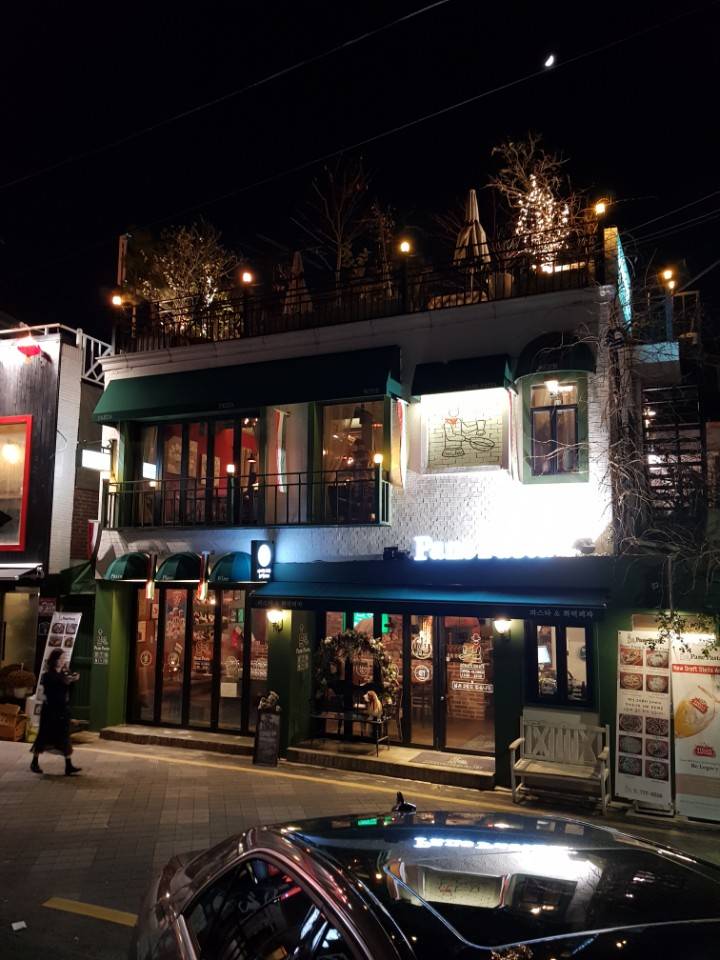
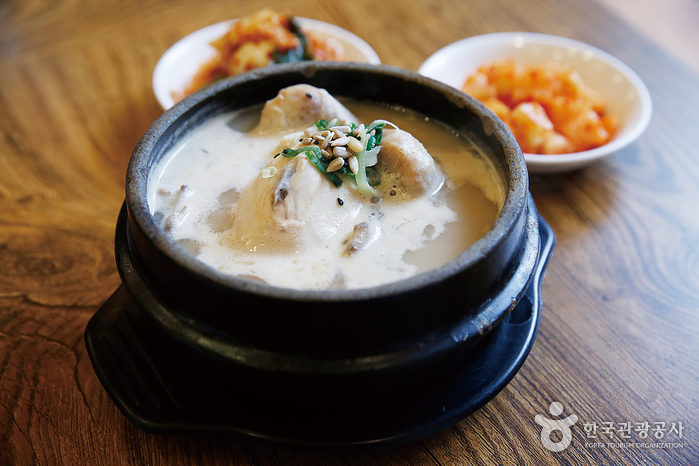
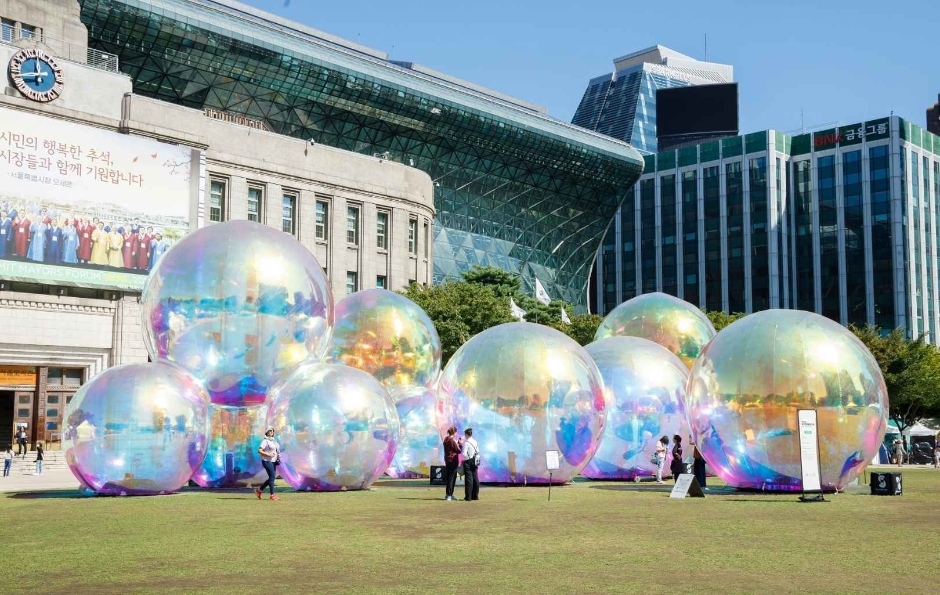
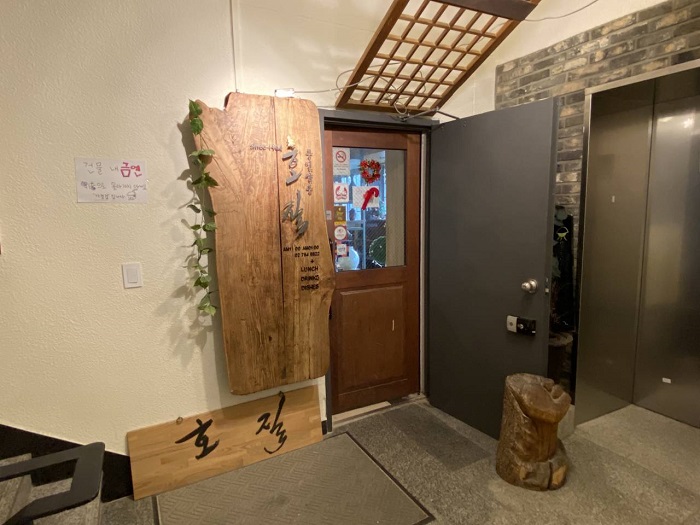
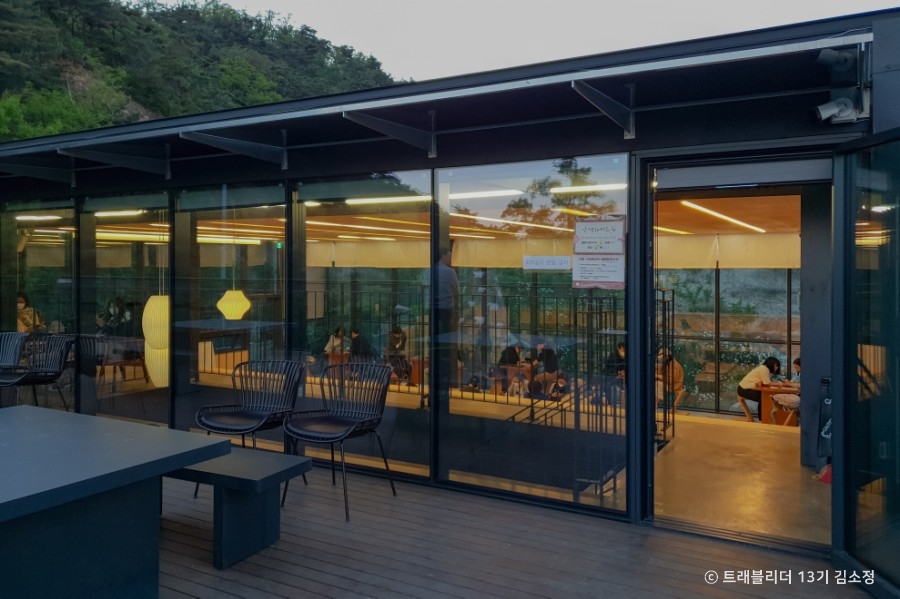
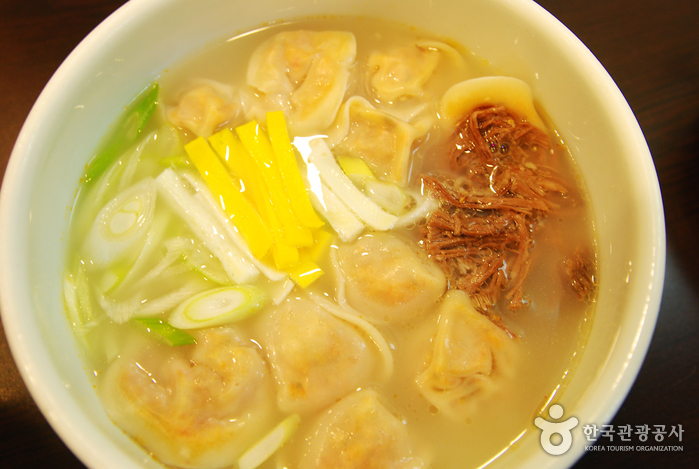
![Seochon Guest House [Korea Quality] / 서촌 게스트하우스 [한국관광 품질인증]](http://tong.visitkorea.or.kr/cms/resource/41/2447241_image2_1.jpg)
![Hanok Guesthouse Dongchonchae [Korea Quality] / 한옥 게스트하우스 동촌재 [한국관광 품질인증/Korea Quality]](http://tong.visitkorea.or.kr/cms/resource/96/2705896_image2_1.jpg)
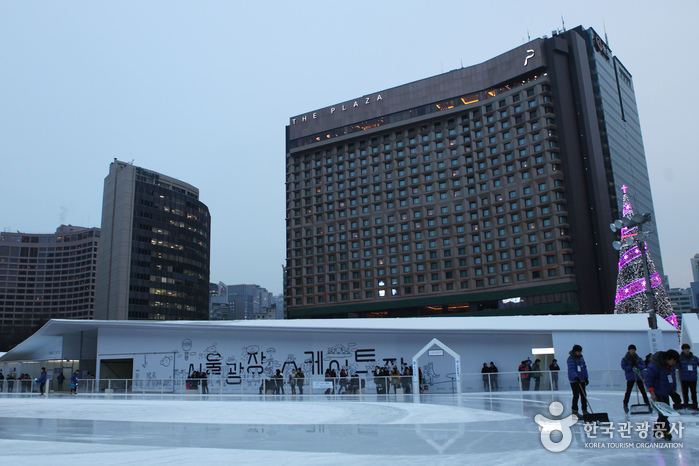

 Español
Español
 한국어
한국어 English
English 日本語
日本語 中文(简体)
中文(简体) Deutsch
Deutsch Français
Français Русский
Русский